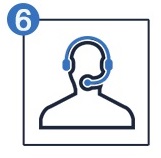No matter brand the SSD is
We can recover its data
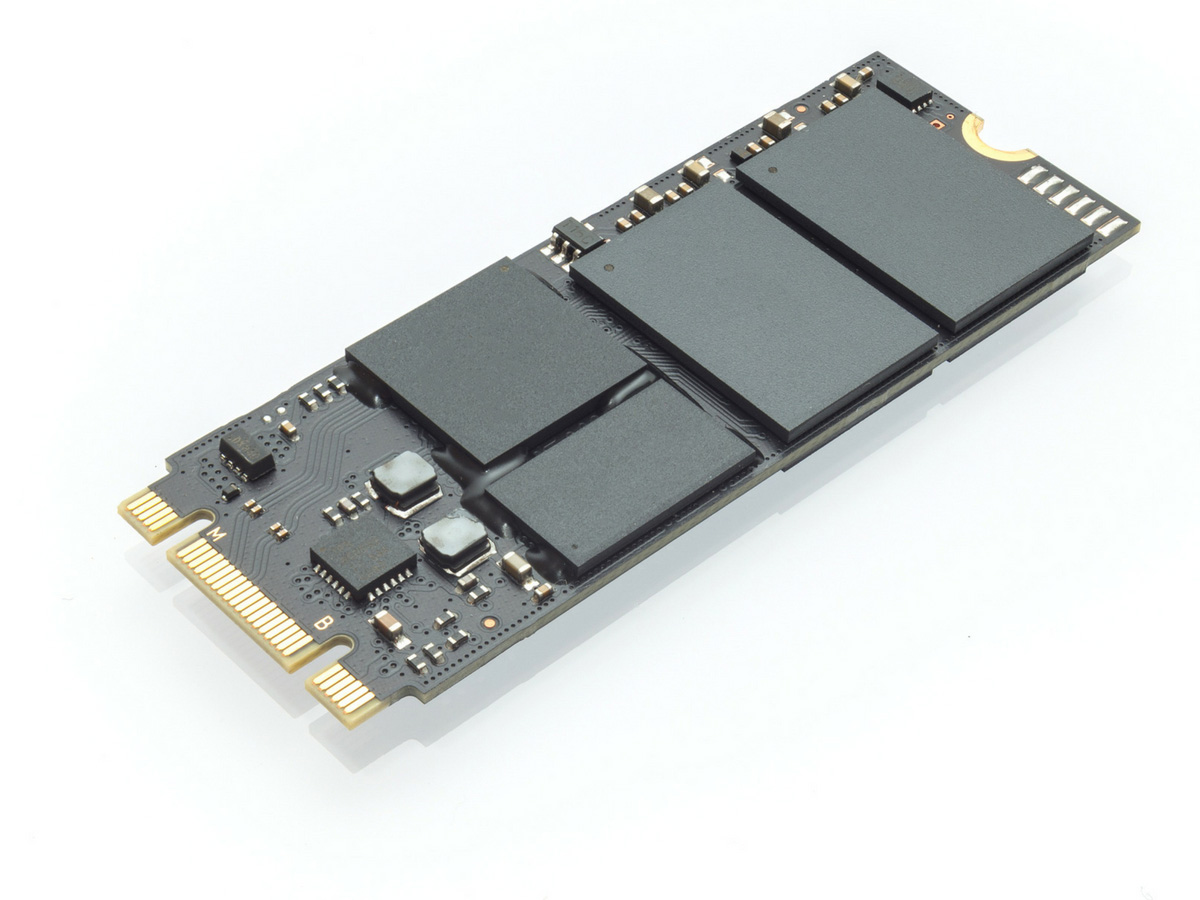
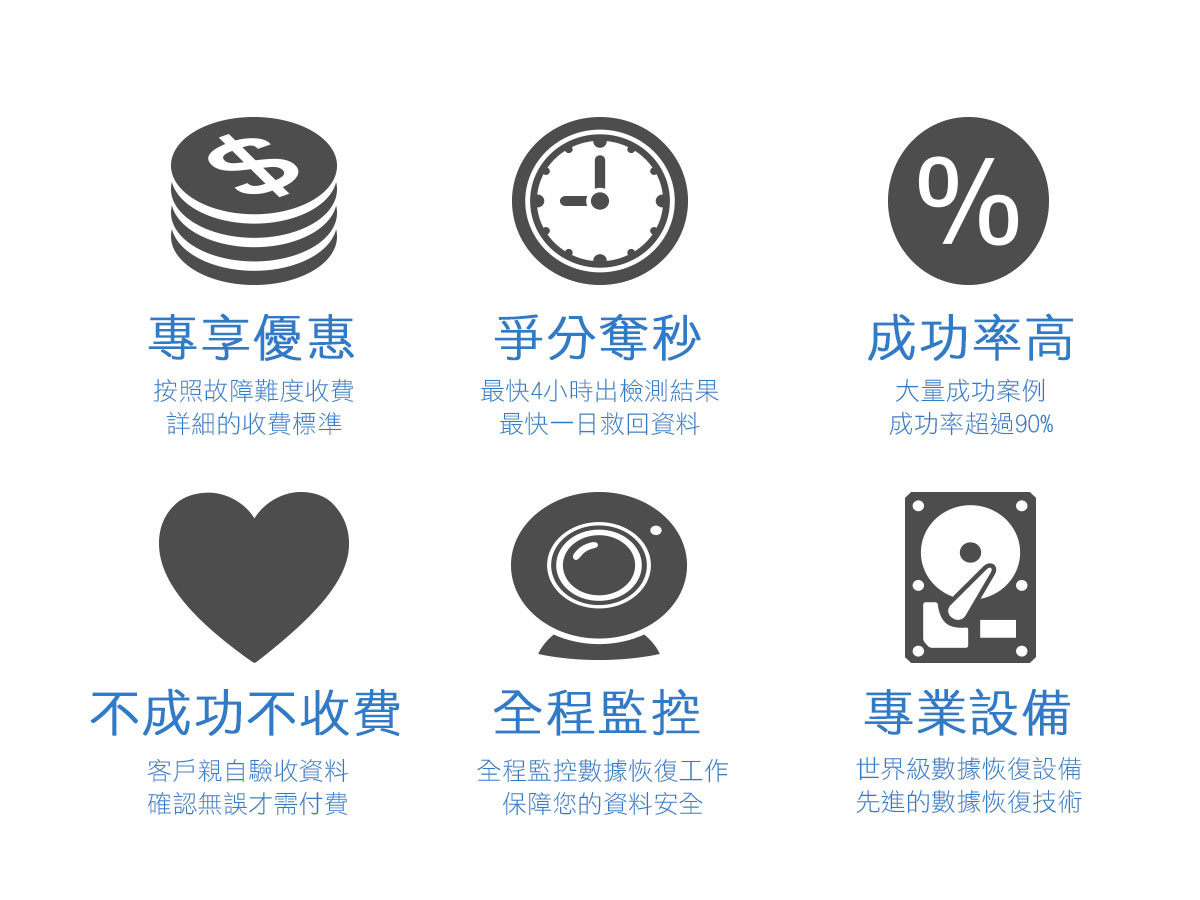
Common Failures
●No response at all after being connected to the computer (the computer cannot identify the HDD)
●Prompt of formatting (computer pops up error prompt "formatting")
●Prompt of "cannot be formatted" (computer pops up error prompt "cannot be formatted")
●The SSD is formatted accidentally (the button of formatting is pressed accidentally)
●A folder or file is deleted (the recycle bin has been cleaned, or the file is deleted by directly pressing Shift + Delete)
●The computer cannot re-start after power cut (after sudden power cut or cut-off of the computer power, the computer cannot start)
Processing Method
Among numerous failures, there is only one situation that we suggest you try to recover by yourself, and we suggest you leave the remaining situations to a company specifically engaged in data recovery for processing (we will, in the paragraphs below, explain the reason why you should leave the remaining situations to a data recovery company, rather than try to solve them by yourself). The only one situation is that the SSD does not suffer hardware damage, such as careless deletion of data and no writing of any data, or careless formatting of the SSD, and then you can try to recover data with data recovery software. The commonly used data recovery software includes EasyRecovery, WiseRecovery and Disk Drill, and it is necessary to pay attention to and identify their advantages and disadvantages in use. Of course, before trying it out on your own, there are certain steps you must pay attention to, otherwise, data may not be recovered and your SSD may be further damaged. The first step is to make a complete copy of the SSD according to the current state to another SSD (not the copy and paste through Windows, but completely copy every byte of the SSD through software, which can be done only when the SSD does not suffer hardware damage). This step requires a writing protection device (Write Blocker), so as to prevent change of the data. Then you can use the data recovery software to recover the copied SSD, but the recovered data must not be put back to the original SSD. It is because, in this case, overwriting and recovering will occur simultaneously and the recovered data cannot be opened. So keep in mind the above steps. For anything you don’t understand, please feel free to contact us for details at any time, and we are willing to answer questions for each customer. But sometimes the data recovery software cannot solve all problems, and in most cases, you have to rely on data recovery engineers for analysis. For example, why the rescued data does not have directory or file name or not a byte of data can be rescued. At this point, you don't have to give up and you can contact us. We will try to rescue your important data.
If the SSD suffers hardware damage, and because there is no professional technology or equipment, you might truly make the SSD worse or the data lost forever through aimless attempts. For example, there is a bad sector on the SSD, but you use the data recovery software to scan the SSD, and then you will find the SSD is getting slower and slower, even a crash. This is because scanning is to read the information of each sector of the SSD. When it comes to the bad sector, it will get stuck and reading cannot continue. The magnetism of the SSD will become increasingly weaker due to continuous forced reading, and the number of bad sectors will increase. At this moment, it is quite usual that a friend or someone knowing much about computer will tell you to recover the bad sectors with special software. The result, of course, will be in vain. This is because the software doesn't fix the bad sectors at all but marks areas with bad sectors as no longer in use, and by that time, things are worse than they originally were. If you take the SSD to a professional data recovery company at this moment, the failure detected will be more serious than it initially was. Actually, if you want to recover the data from the SSD with bad sector failure, the data can be smoothly recovered with corresponding equipment support, with relatively low price and high degree of data integrity. But if you make forced reading, scanning and bad sector recovery on your own, the SSD will become more damaged, even the magnetic head used to read and write data might fail. Then the price will be high and data integrity will be reduced. In individual cases, the disk might be scratched, leading to serious data loss. In the past recovery cases, many users would constantly try to read the SSD on their own, which would have a great impact on the subsequent data recovery. It is therefore suggested that non-professionals should minimize aimless operation. There is only one chance for data recovery. Please make backup and find a professional data recovery company to help rescue your valuable information.
Solutions
If the data in an SSD needs to be rescued in case of failure, the first thing to do is to find out whether the SSD failure is a logic failure or a hardware failure, which can be done through customer’s detailed description and detailed detection with professional devices. Commonly used professional devices include PC-3000 Flash, FlashExtractor, Spider Board Adapter, dust-free laboratory, microscope and oscilloscope. These professional devices and tools can help us accurately detect specific SSD failures without damaging the SSD. The Company uses corresponding technology to solve these failures, and will be able to normally extract the raw data from the SSD and recover the data as required by customers through analysis and reorganization. As a result, aimless operation will cause unnecessary damage to the SSD and affect SSD data salvation.
A Well-known Watch Store -- Chip Fault in SSD
The customer said that it suddenly failed to turn on the computer, and then it took out the hard drive and connected it to another computer...Learn more >
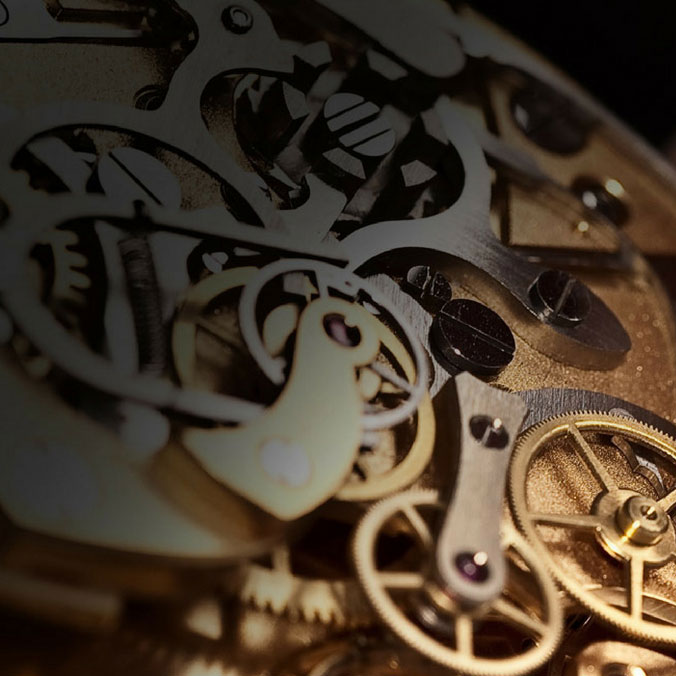
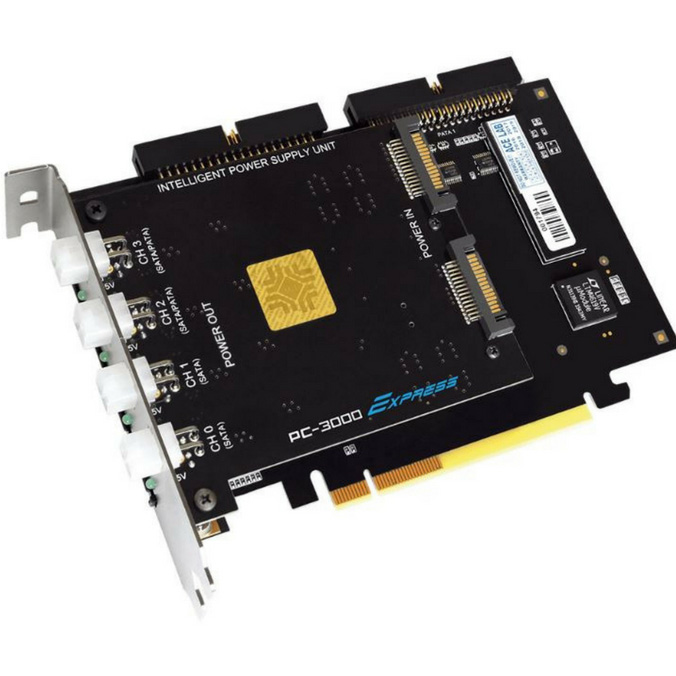
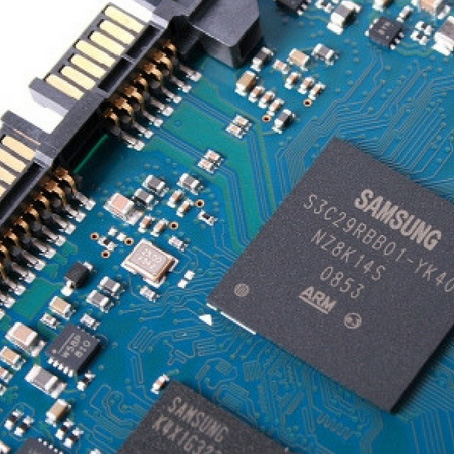
Can't do anything if data in SSD is deleted?
Rumors say that SSD cannot recover after deleting data. Is this true? I can tell you that the main reason why the new SSD data cannot be restored after deletion is that the current mainstream SSD is preset to turn on TRIM. When data is deleted, the SSD with TRIM turned on will erase the address occupied by the data directly, which is very difficult to restore the data. However, the old SSD will not preset TRIM, just like the mechanical hard drive, and the data will not be deleted. The operating system only marks the address occupied by the data as "empty" and will be overwritten the next time the data is written.
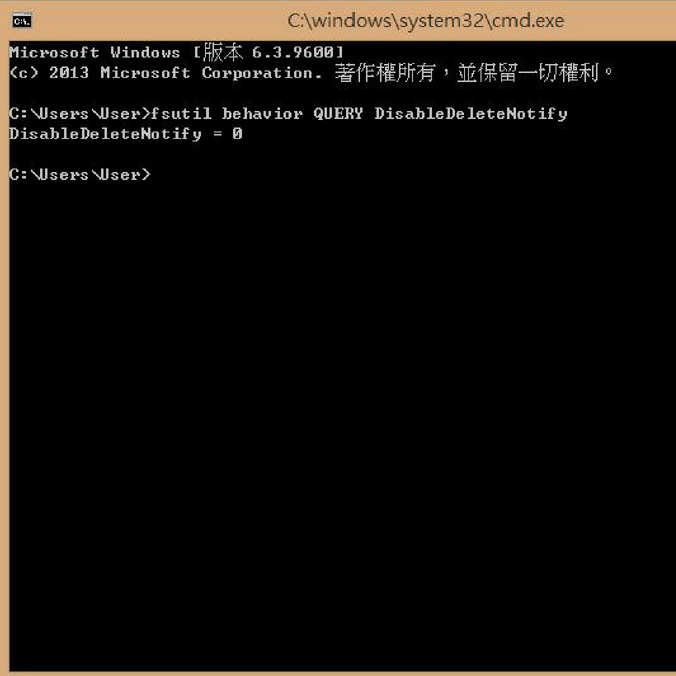
Why open TRIM?
First, turning on the TRIM function can reduce the erasing and writing operation of SSD, thus prolonging the service life of SSD. Second, it can keep the read-write speed of SSD, and only when there is less data to move in the garbage collection stage can SSD performance be improved. How do we make sure that TRIM is turned on? Take Windows 10 as an example, click the Start Menu icon, run "Command Prompt Character" under the Windows system menu as an administrator, and enter the code "fsutil behavior QUERY DisableDeleteNotify". The query result is "DisableDeleteNotify = 0", which means that the SSD has already supported and enabled the TRIM function. If the result is "DisableDeleteNotify = 1", it means that the SSD has not enabled the TRIM function.


 Detection
Detection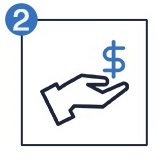 Quotation
Quotation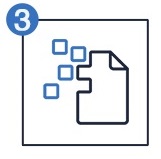 Recovery
Recovery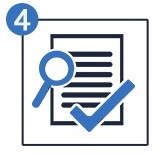 Acceptance
Acceptance Delivery
Delivery